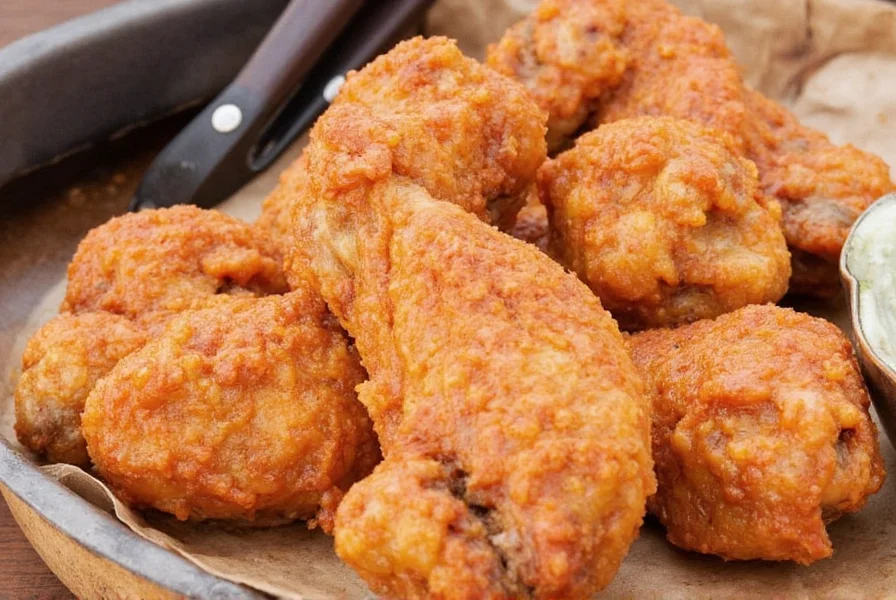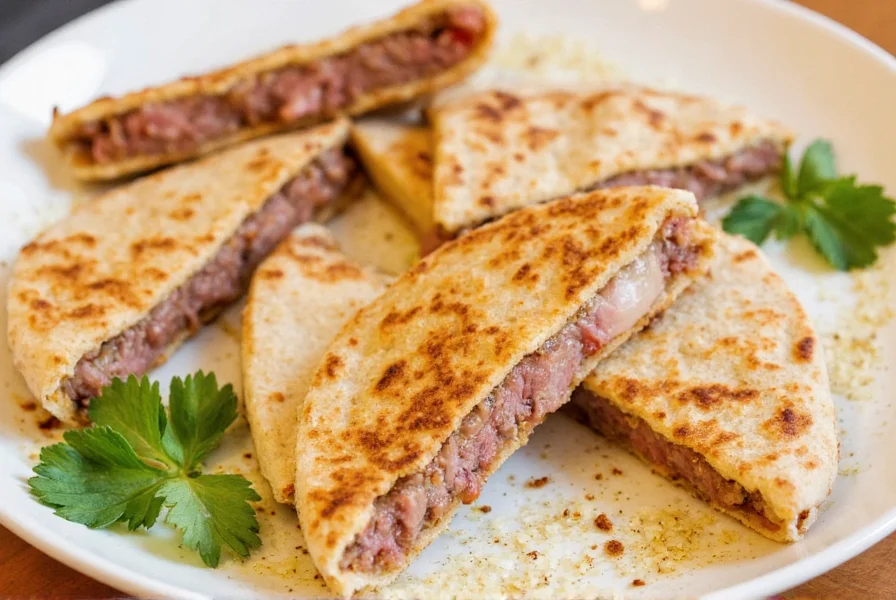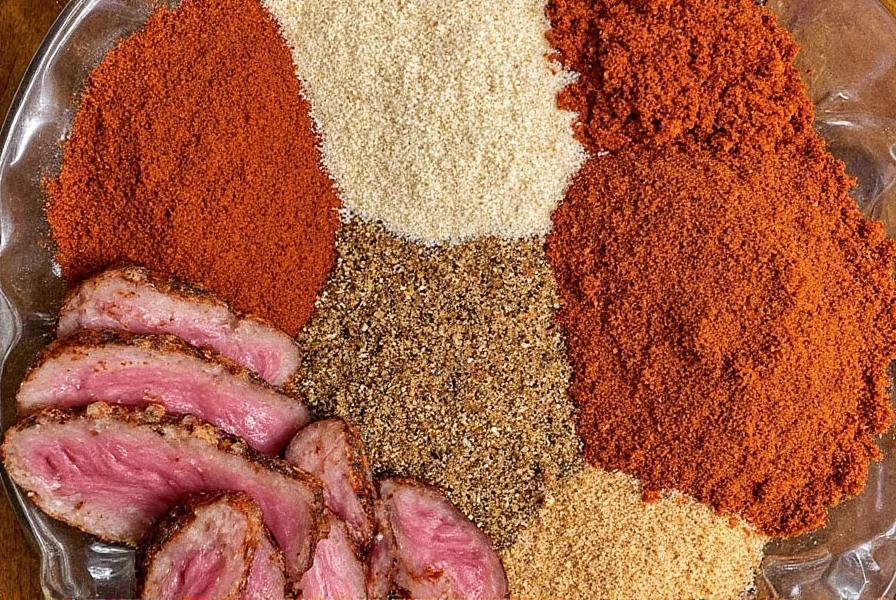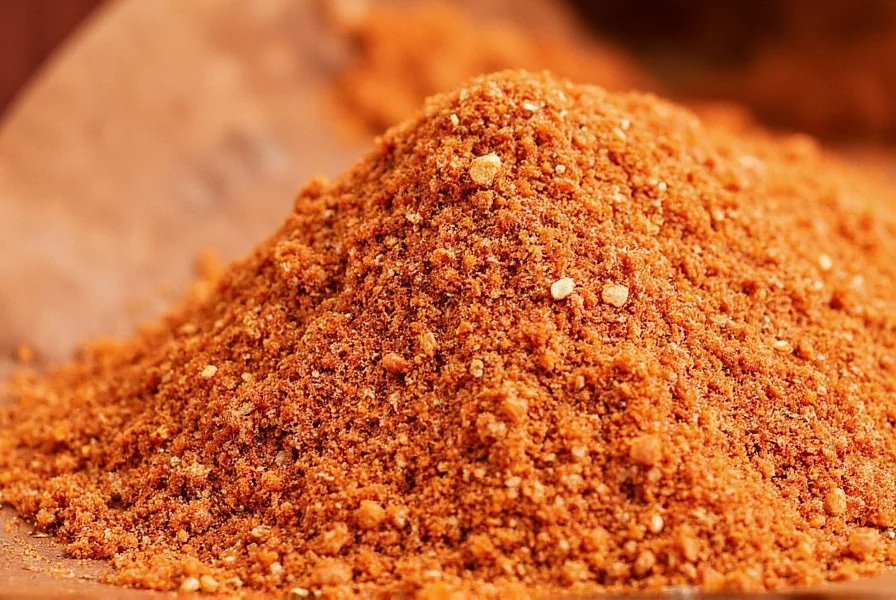Table of Contents
Introduction to Buffalo Wing Rub Recipe
Looking for the perfect homemade buffalo wing rub? This guide provides everything you need to create restaurant-quality wings at home. Unlike store-bought mixes, a homemade buffalo wing rub lets you control the spice level, flavor profile, and ingredients for truly customized results. In this article, we'll walk you through a simple, authentic recipe that delivers maximum flavor with minimal effort.

Whether you're preparing for game day, a family dinner, or just craving spicy chicken, mastering this rub will transform your wing game. Let's dive into the essential ingredients and step-by-step instructions to create the perfect blend.
Key Ingredients for Homemade Buffalo Wing Rub
A quality buffalo wing rub requires a balanced mix of spices that create depth, heat, and aroma. Here's what you'll need for a classic recipe:
- Cayenne Pepper: The primary heat source (adjust quantity for desired spice level)
- Paprika: Provides smoky sweetness and rich color
- Garlic Powder: Adds savory umami depth
- Onion Powder: Complements garlic for layered flavor
- Black Pepper: Offers subtle sharpness and complexity
- Sea Salt: Enhances all other flavors and aids browning
- Ground Cumin: Adds warm, earthy undertones
- Optional: Brown sugar (1 tsp) for a touch of sweetness, or smoked paprika for extra depth

These core ingredients create the foundation for authentic buffalo flavor. The exact ratios can be adjusted based on your preference for heat or sweetness.
How to Make Buffalo Wing Rub at Home
Making your own buffalo wing rub takes just 5 minutes and ensures maximum freshness. Follow these simple steps:
- Measure Ingredients: Combine 2 tablespoons paprika, 1 tablespoon cayenne pepper, 1 tablespoon garlic powder, 1 tablespoon onion powder, 1 teaspoon black pepper, 1 teaspoon salt, and 1/2 teaspoon cumin in a medium bowl.
- Mix Thoroughly: Use a whisk or fork to blend ingredients until completely uniform. Ensure no clumps remain for even flavor distribution.
- Store Properly: Transfer to an airtight container and keep in a cool, dark place. This homemade rub stays fresh for up to 6 months.
For a sweeter profile, add 1 teaspoon brown sugar. For extra smokiness, replace regular paprika with smoked paprika. The beauty of homemade is customizing to your exact taste preferences.
How to Apply Buffalo Wing Rub to Wings
Proper application ensures maximum flavor penetration and crispy texture:
- Prepare Wings: Pat chicken wings completely dry with paper towels. Moisture prevents proper browning and rub adhesion.
- Season Generously: Sprinkle rub evenly over wings, using about 1-2 tablespoons per pound of wings. Massage the rub into skin for full coverage.
- Rest Before Cooking: Let wings sit for 30 minutes at room temperature (or up to 24 hours refrigerated) for flavors to meld.
- Cook to Perfection: Bake at 400°F (200°C) for 40-45 minutes or air fry at 380°F (195°C) for 20-25 minutes until crispy. For extra crispiness, broil for 2-3 minutes at the end.
| Cooking Method | Temperature | Time | Texture Result |
|---|---|---|---|
| Baking | 400°F (200°C) | 40-45 minutes | Crispy exterior, juicy interior |
| Air Frying | 380°F (195°C) | 20-25 minutes | Extra crispy with less oil |
| Grilling | Medium-high heat | 15-20 minutes per side | Smoky charred flavor |

Pro Tips for Perfect Buffalo Wings
- Double-Dip for Maximum Flavor: After cooking, toss wings in buffalo sauce immediately while hot for better sauce adherence.
- Balance Heat with Cool Sides: Serve with celery sticks, carrot sticks, and blue cheese or ranch dressing to balance the spice.
- Prevent Burning: If baking, place wings on a wire rack over a baking sheet for even air circulation and crispier results.
- Customize Your Heat: For mild wings, reduce cayenne to 1 teaspoon and add 1 tablespoon smoked paprika. For extra heat, increase cayenne to 1.5 tablespoons.
Frequently Asked Questions
What's the difference between buffalo wing rub and buffalo sauce?
Buffalo wing rub is a dry seasoning blend applied before cooking to infuse flavor into the meat, while buffalo sauce is a wet, vinegar-based sauce applied after cooking for tangy heat. Using both creates layered flavor - the rub penetrates the meat during cooking, and the sauce adds surface-level tanginess.
How long should I let the rub sit on the wings before cooking?
For best results, let the rub sit for 30 minutes to 1 hour at room temperature. For deeper flavor penetration, refrigerate overnight (up to 24 hours). Avoid exceeding 24 hours as salt may begin to cure the chicken.
Can I make my own buffalo wing rub at home?
Absolutely! Our recipe uses simple pantry staples: 2 tbsp paprika, 1 tbsp cayenne, 1 tbsp garlic powder, 1 tbsp onion powder, 1 tsp black pepper, 1 tsp salt, and 1/2 tsp cumin. Mix thoroughly and store in an airtight container. Adjust cayenne for your preferred heat level.
Is buffalo wing rub gluten-free?
Yes, this homemade recipe is naturally gluten-free as it contains only spices and salt. However, commercial blends may contain anti-caking agents with gluten. Always check labels if you have sensitivities, or make your own for guaranteed safety.
How spicy is a typical homemade buffalo wing rub?
Our standard recipe provides moderate heat (about 2,500-5,000 Scoville units). Adjust cayenne pepper: 1 tsp for mild, 1 tbsp for medium, 1.5 tbsp for hot. The rub's heat builds during cooking but remains balanced with smoky paprika and savory spices.
Can I use buffalo wing rub on other proteins?
Yes! This rub works beautifully on turkey wings, pork ribs, shrimp, salmon, or roasted cauliflower. For lean proteins like chicken breast or shrimp, reduce salt by 25% to prevent drying. For seafood, add 1/2 tsp lemon zest for brightness.
Conclusion
Making your own buffalo wing rub is the secret to restaurant-quality wings at home. With this simple recipe, you can customize heat levels, avoid unnecessary additives, and achieve deeper flavor than store-bought alternatives. Remember: proper preparation (drying wings, resting time) and cooking method are just as important as the rub itself.
Next time you're craving spicy wings, skip the pre-made mixes and create your own signature blend. The results will be worth the 5 minutes it takes to mix the spices - your taste buds will thank you!











 浙公网安备
33010002000092号
浙公网安备
33010002000092号 浙B2-20120091-4
浙B2-20120091-4